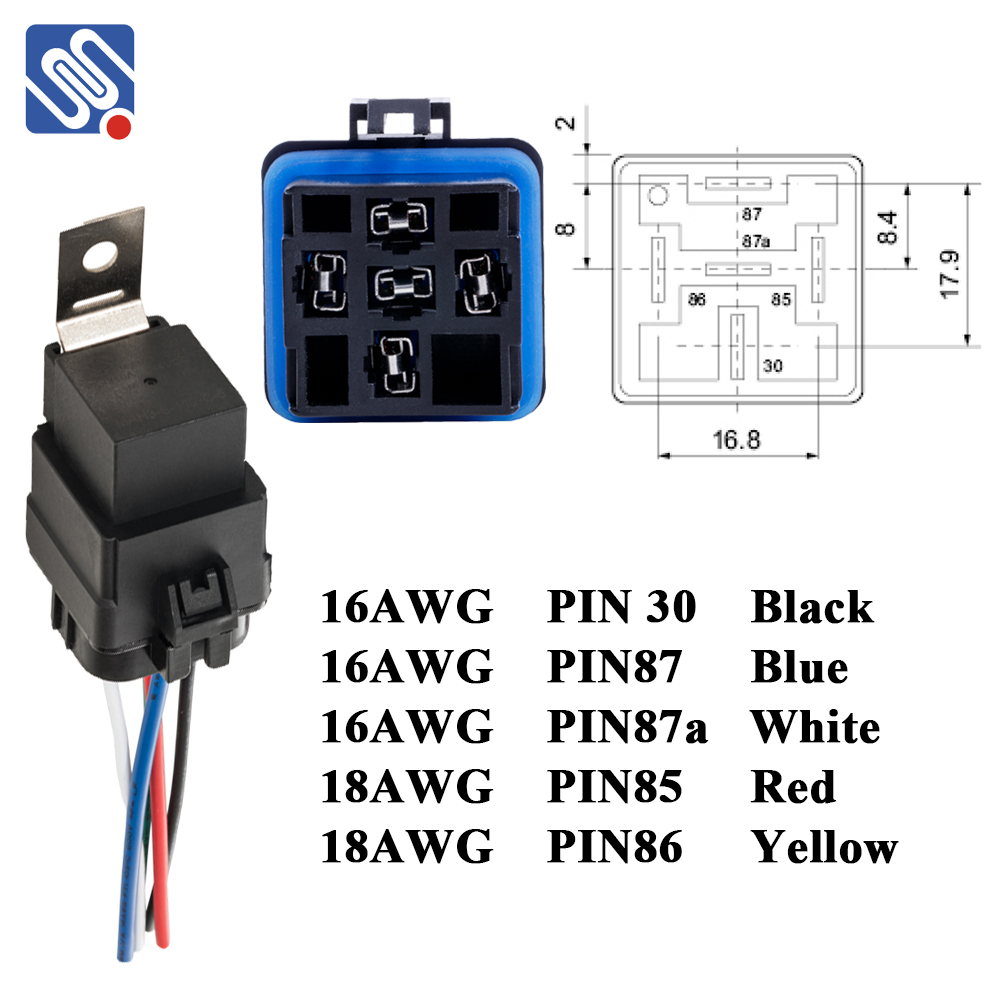relay wiring: an essential guide to understanding and utilizing relays with meishuo
Release time:2025-05-22 01:55:16
Relay wiring plays a crucial role in modern electrical systems, enabling the efficient and safe control of high-voltage circuits using low-voltage signals. A relay, in essence, acts as an electrically operated switch. It allows an electrical circuit to be controlled by another electrical circuit, providing benefits like isolation between control and load circuits, and simplifying complex wiring arrangements. In this article, we will delve into the fundamentals of relay wiring, highlighting how Meishuo products elevate the performance of relay systems.

Understanding Relays and Their Components
At its core, a relay consists of a coil, contacts, and a mechanism that moves the contacts when the coil is energized. When current flows through the coil, it generates a magnetic field that either closes or opens the relay's contacts, depending on the type of relay. The most common types of relays are:
Electromechanical Relays (EMRs): These rely on the movement of mechanical components to open and close contacts.
Solid-State Relays (SSRs): These use semiconductor components instead of mechanical parts, providing faster switching and higher durability.

